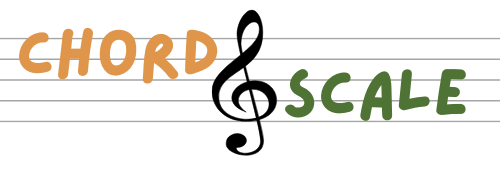The C-sharp whole-tone scale is a six-note symmetrical scale, also known as a hexatonic scale, comprising the notes C♯, D♯, E♯, F♯, G♯, and A♯. It follows a consistent interval pattern of whole steps (W-W-W-W-W-W), meaning each note is separated by a whole tone from its neighbors. This uniform structure imparts a dreamlike, ambiguous quality to the scale, as it lacks a leading tone and does not establish a strong sense of tonal center. The C-sharp whole-tone scale is often used in jazz, impressionistic, and contemporary music to create a sense of floating or suspended harmony. Its symmetrical nature allows for only two distinct whole-tone scales, making it a valuable tool for composers and improvisers seeking to explore unconventional tonal landscapes.
Name: C-sharp whole-tone scale
Notes: C♯, D♯, E♯, G, A, B, C♯
Intervals: 1, 2, 3, ♭5, ♭6, ♭7, 1
Formula: 2-2-2-2-2-2
Type: Hexatonic (6 notes per octave)
C-sharp whole-tone scale on the Staff
C-sharp whole-tone scale on Piano
C-sharp whole-tone scale on Guitar
C-sharp whole-tone scale on Ukulele
“

Rowan Ellis is a musician and educator with a passion for exploring the language of harmony and melody. With years of experience across classical, jazz, and contemporary styles, Rowan breaks down music theory into clear, practical insights. His goal is to make chords and scales less intimidating and more inspiring for every musician.
